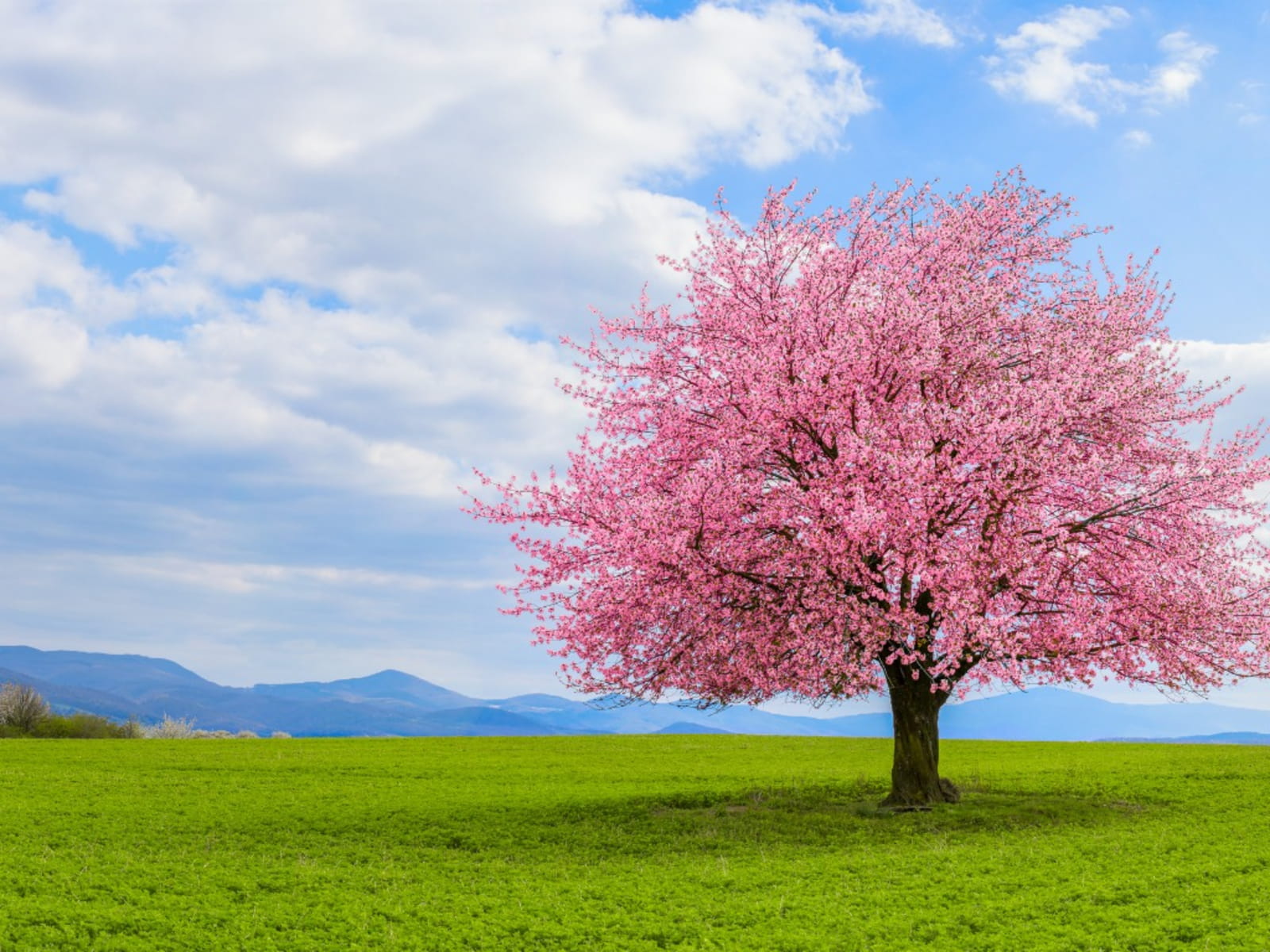Who are Kurumba Gounder
Origins & Identity of Kurumba Gounder
Ethno-historical roots:
Claim descent from Pallava dynasty warriors, with legendary figures such as Kamunda Kurumba Prabhu (founder of Puzhal Fort) and Kurumbaraja (ruler of Kalvarayan Malai) among their ancestors .
Originally shepherds who migrated to Temengal Nadu, later gaining lands and adopting the Gounder title—denoting village-level leadership in the Kongu region .
Caste Classification & Reservation Status
- Recognized under Tamil Nadu’s Most Backward Class (MBC) category, not as a Scheduled Tribe .
- Benefits include a 20% MBC reservation quota in state government jobs and educational institutions .
- Though they may share names with tribal Kurumbas, legally and culturally they are distinct and separate.
Occupation & Social Role
Traditional occupations:
- Initially engaged in sheep and goat herding, wool production, and small-scale agriculture.
- Over time, many became landowning farmers and community leaders across Kongu-Tamil Nadu .
- Retained the Gounder status, aligning them with socio-economic influence in rural governance .
Cultural Practices
- Distinct Hindu rituals:
- Worship primarily Mahalakshmi or local deities.
- Ritualistic coconut-smashing ceremonies at temples, seeking health and prosperity—unique to this group .
Language & Religion:
Speak local Tamil dialects (Kongu Tamil), practice mainstream Shaivism, and maintain folk traditions from their shepherd past .
Location & Demography
- Primarily found in Dindigul, Theni, Namakkal, Tiruchirappalli, Coimbatore, with a presence in Kongu belt regions
- Estimated community population around 180,000 (2000 estimate) .
Community & Social Influence
- Organized through village Panchayats—acting as local leaders and custodians of caste-based norms .
- Known for significant social and economic influence in Kongu region, including agriculture and small trade
Notable Symbolic Figures
Perumizhalai Kurumba Nayanar, a historic devotee of Lord Shiva, stems from Kurumba shepherd roots; signifies their spiritual heritage .
Several lesser-known Pallava-era leaders and regional kings, including the likes of Kamunda Kurumba Prabhu, Kurumbaraja, Queen Pottrinangai, reinforce their royal association .
Social Issues & Controversies
- Occasionally, tribal groups have challenged Kurumba Gounders using tribal ST certificates, which legally belong to ST Kurumbas - leading to state interventions in the 1970s .
- Internal caste dynamics in the region have also involved occasional disputes and identity assertions, including challenges related to reservation eligibility .
Summary Table
| Aspect | Kurumba Gounder (MBC) |
|---|---|
| Origins | Shepherd kings, Pallava lineage, migrated to Kongu |
| Occupations | Herding → farming → local leadership |
| Classification | Most Backward Class in Tamil Nadu |
| Reservations | 20% MBC quota in state govt. jobs/education |
| Cultural Traits | Coconut-breaking rituals, Shaivite Hinduism |
| Language | Kongu Tamil dialect |
| Population Centers | Dindigul, Theni, Namakkal, Tiruchy, Coimbatore |
Similar Posts : Who worship Maleeswari, Badaga Perception of Kurumbas, Was Perumizhalai Kurumba Nayanar a Kurumba Gounder?, Kurumba worship gods, Kurumba, kurumbar, kurumba gounder - who are they?, See Also:kurumba kurumbar kurumba gounder
